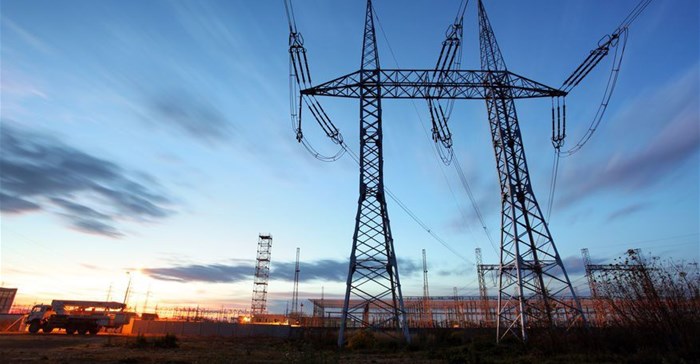
Related
Top stories

Marketing & MediaAn ode to a year of growth: Matte BLK’s reflections on its successes this year
Fredine Swigelaar, Matte BLK 16 hours

HR & ManagementWhy employers legally can't ignore the mental distress of employees
Lucinda Hinxman 15 hours




More news






























